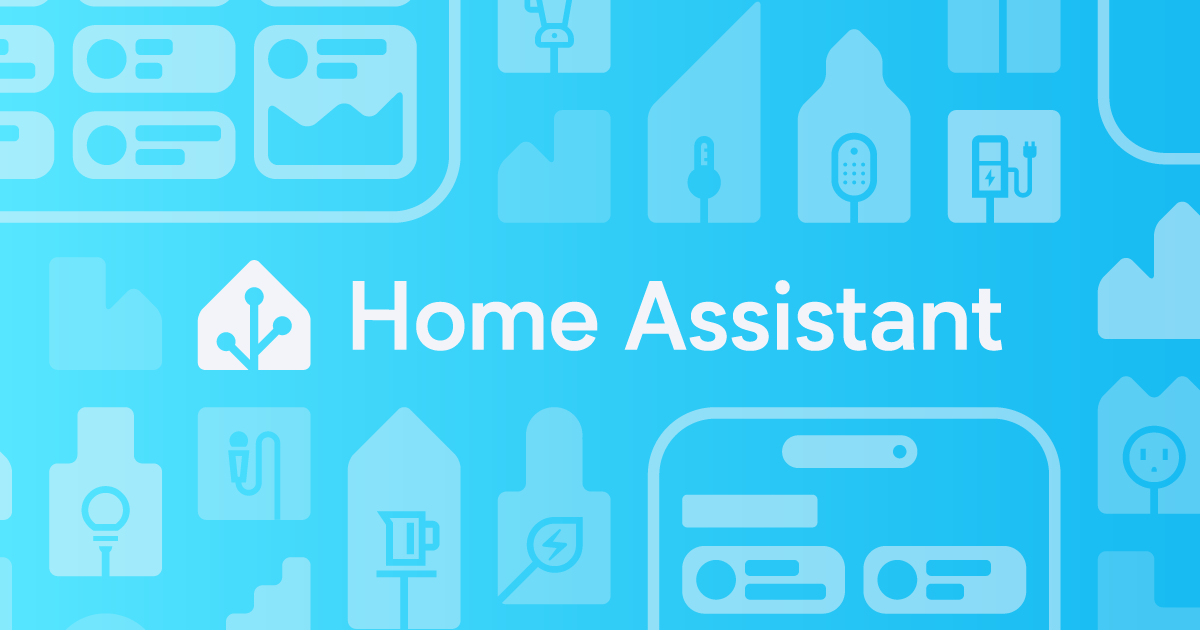I'm running Home Assistant in a Hyper-V virtual machine under Server 2019 on a Dell R210ii, this machine also runs pfSense and Unifi Video for my CCTV, basically all the stuff that needs to run 24/7 without being touched.
Pinging this up. Can you tell me the size of your HA database?
You're running on a lot more beefier hardware than my rpi4. I'm now getting to the point where my rpi4 is very frequently in iowait where it can't keep up with writing to the sd card.
My DB size is only at 1.2Gb which seems small, but i suppose also irrelevant as i know i have hundreds of entities logging to the database, but i do know when i delete the DB, i can run a good few weeks without iowait issues.
Been debating whether to buy a SSD adapter for the pi, or abandon the pi altogether and buy a NUC.


 .
.



